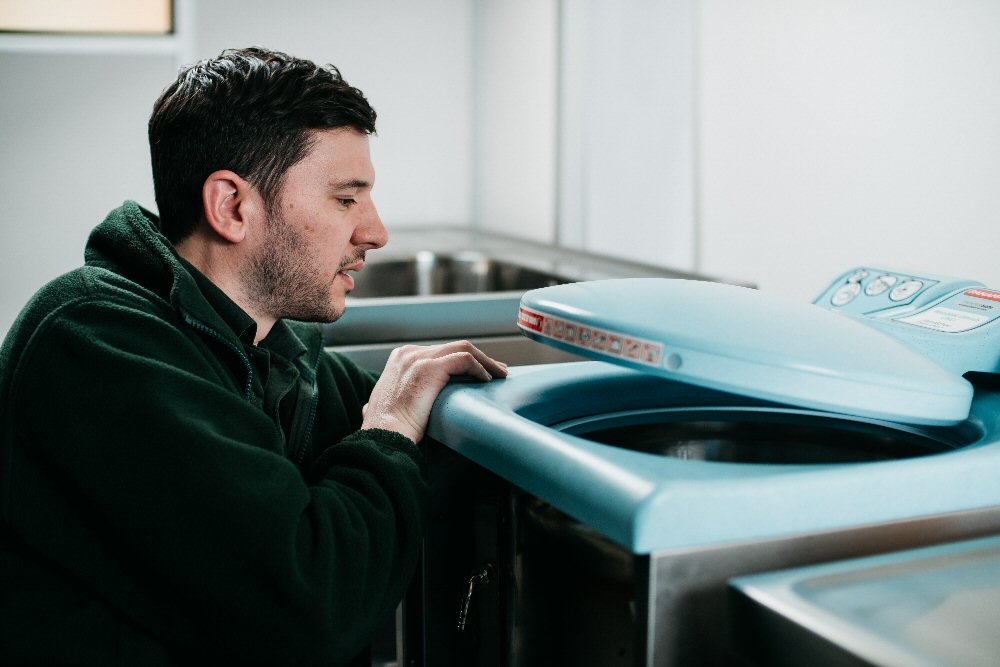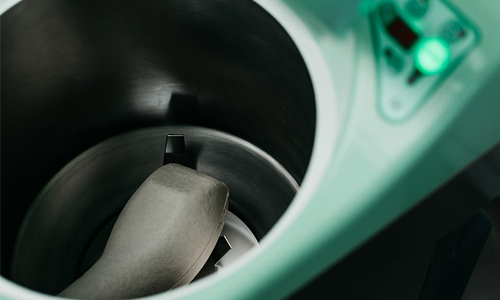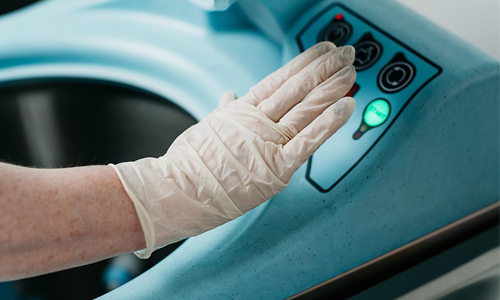Are You Managing Your Assets?
Regardless of your setting, managing your sluice/dirty utility room is a vital part of keeping your hospital, care home or school running smoothly and free of infectious diseases.
Of course all good infection control starts with an infection control strategy. But assuming you have that established, what about keeping your sluice/dirty utility room running cost effectively and with the minimum downtime? Making sure your sluice/dirty utility room solution isn’t just fit for purpose but working well all year round is the difference between effective infection control and an outbreak.
Maintenance
An obvious opener, but maintaining your machinery keeps it working for longer. Working machinery means no blockages, spillages and a minimal risk of an outbreak. Imagine what could happen if soiled items were allowed to build up on surfaces.
Component failure is a possibility in any mechanical device so should be planned and budgeted for. However, waiting for a machine to fail and paying for the repair is a short term gain, long term loss strategy.
Aside from one off repairs being significantly more expensive than routine maintenance, machine failure can cause a raft of problems logistically and increases the risk of infection to both clinicians, patients, service users and students, whereas regularly scheduled maintenance, whilst representing an ongoing investment, ensures worn parts are identified and replaced before they fail. This means, beyond the freak one-in-a-million chance breakages or problems caused by misuse, your solution should continue to work continuously. Plus, if you know when the maintenance is due you can build a contingency into your infection control strategy for when the machine is out of use. This reduces the risk to clinicians and patients alike.
However, don’t forget that good maintenance also includes utilisation best practises including cleaning products that help eliminate bacteria growth and maintain the internal components of your bedpan waster or pulp macerator.
End of Life
Inevitably there will come a point when your current solution is no longer suitable. Whether technology has moved on, you want to change your solution from bedpan washers to pulp macerators (or vice versa) or your machines are simply just worn out, you need to be able to resolve any transition quickly and effectively.
Dovetailing with regular maintenance, you should have a very clear idea as to the life expectancy of your bedpan washers or pulp macerators. This can also be managed with an asset rotation management plan by looking at which machines are used frequently and switching these out with underutilised machines to enable even dilapidation. Knowing when you need to replace your machines doesn’t just make good sense from a logistical point of view; it makes sense from a financial one too.
Logistics can’t be ignored, of course. Knowing when a sluice room is out of action is important. Doubly so when it comes to having the means to safely uninstall a well-used bedpan washer or pulp macerator and dispose of it.
After years of constant use you have to make absolute certain that un-plumbing and moving your machine out of the hospital doesn’t become the epicentre of major outbreak. Responsible disposal is vitally important. Any professional sluice/dirty utility room solution provider, like us, should be able to dispose of these machines for you in a safe and environmentally responsible way.
Upgrade
If you’re disposing of one solution then chances are you’re in need of a new one. However, replacing like for like isn’t always the answer to the unasked question:
What are you trying to achieve?
The answer should be something along the lines of ‘provide clinicians with the best possible technology to quickly and safely dispose of human waste and other potentially infectious materials’. From this starting point you can identify the solution that reflects that aim.
But ask more questions.
What should the solution give you in terms of functionality?
What capacity is required?
Do you have size restrictions to consider?
What’s the water efficiency like?
All valid questions that help give you a clear picture of what you need. You may find if your requirements and size limitations don’t match, then a broader sluice/dirty utility room solution is needed rather than compromising on the level of provision you can give your clinicians. Selecting the machine that fits rather than the machine that’s fit for purpose is a disaster waiting to happen. Then the easy part, ordering the machine and getting it installed.
However, the ‘upgrade’ doesn’t stop there. Clinicians need to be trained in the safe and proper use of the new machine. You also need to update your infection control procedures to reflect the machines use and enhanced capabilities.
For help and advice on how to manage your sluice room assets






